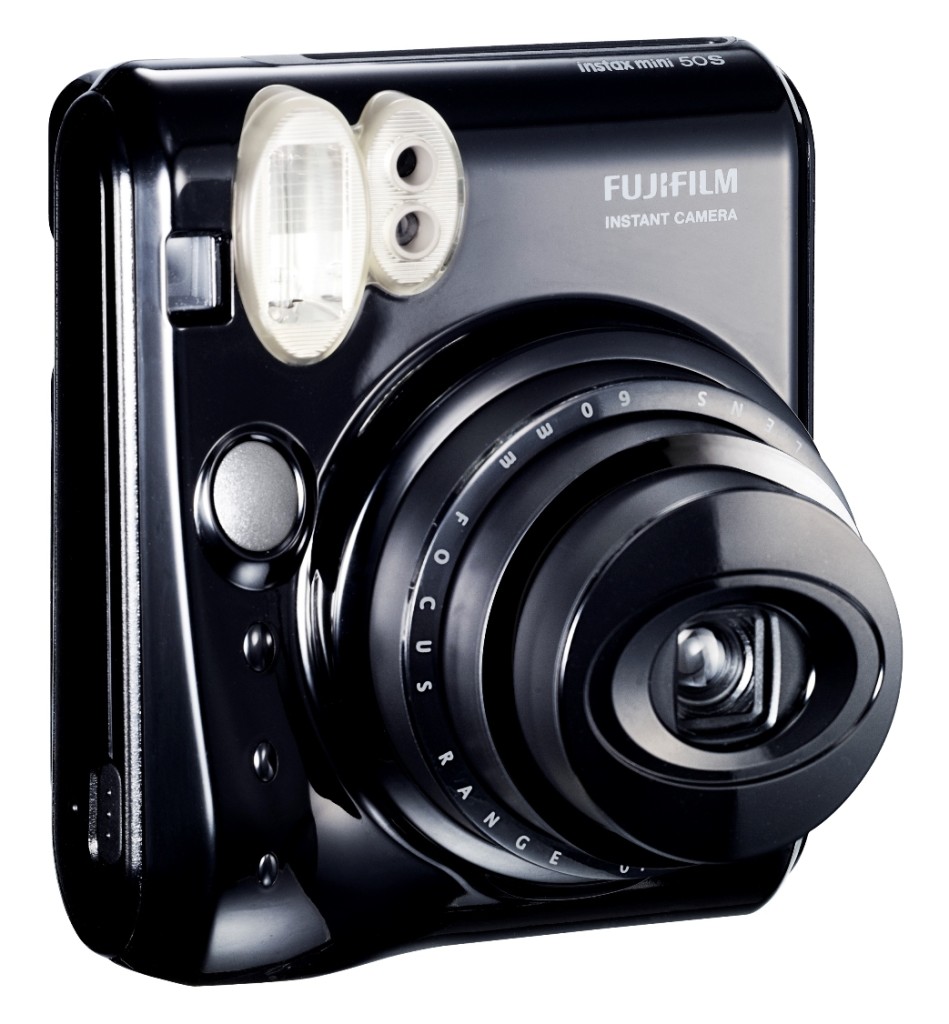
Fujifilm’s rival Instax Mini and Instax Square options comfortably offer better per-shot value, but if you want the genuine article, the Go is the most attainable Polaroid yet. At £110 the camera sits within impulse purchase territory, but the ongoing film costs add up quickly. The only thing to watch out for is the price of the film. The prints, although small, pack heaps of character and there’s just something about those iconic white-bordered frames that never goes out of style. The Polaroid Go packs a well-rounded set of features into an attractive, pocketable, retro-styled camera that’s incredibly fun to use. Polaroid Go film also takes significantly longer to develop, at around 15 minutes compared to two minutes for the Instax cameras. For comparison, rival Fujifilm’s larger Instax Mini and Instax Square prints come in at around 70p and 80p per print respectively. Based on current pricing, Polaroid Go snaps cost roughly £1.13 per print. Of course, you can buy an old Polaroid off of Ebay, and get your film from Impossible, (Polaroid now), but as small as the images are, for casual use and the party animal in you,this is the way to go.There’s also no getting around the fact that while the Go’s film is cheaper than Polaroid’s traditional i-Type and 600 film stocks, it’s still very expensive. Not just to photographers but to anyone who wants to bring a little bit of magic into their lives. But given the relatively high cost of instant film, having a camera that consistently gets the shot you want rather than ones you need to retake is worth every penny. (about $139) Especially compared to the other models. It’s definitely on the high-end of price.

The rechargeable battery is a godsend no strange disc batteries to replace and no heavy AA’s to weigh it down. Ergonomically it’s much better than the 50S, with the shutter release in a much better place. But it’s high-quality and certainly doesn’t look cheap (it’s rather stylish and retro) and feels good and solid in the hands. The Mini 90 is by far the nicest-looking Instax camera and also the nicest instant camera available on the market today. I haven’t even gotten around to experimenting with the new shooting modes yet and I’m still getting far better results than I got with the 50S, and believe me I’ve shot a lot of pictures with that model. I’ve never seen shots from an Instax come out so consistently vibrant, crisp and in focus until I tried this model. In 35mm terms, the 300 is about a 35mm lens. I wish they made a 300 that looked like the Neo 90. I’ve got to say that the Mini 90 blows the others away in every regard. Key Features Stylish and Classic Design Accepts INSTAX Mini Instant. I’ve used several other Instax models, from the wide-format 210 and 300 to the previous highest-end model, the Mini 50S. Buy Fujifilm Instax Mini 40 Classic Vintage Retro Kit Instant Camera in Ipoh,Malaysia. Perhaps it’s that you’re shooting on actual film, or maybe it’s that every shot you take is a one-of-a-kind physical artifact (which is special in today’s world of Instagram and Facebook where photos are a dime a dozen.) All I know for sure is that they are incredibly fun to use and peoples’ eyes light up when you pull one of these out at a party. 😁 I’m mainly a film photographer and primarily found shooting with my high-end interchangeable lens camera or the nice point-and-shoot I carry around for casual use, (film, of course), there’s something magical about instant cameras. While the images are the same as from a Fujifilm Instax Mini 9, (or 8), I just can’t bring myself to shoot with a ‘Barbie’ camera. It’s also Fuji’s most expensive in that series, but for good reason. The film comes in two sizes, but I’m going to talk about the ‘smaller’,….mostly because I like the camera it goes in. Try scanning these and you have something quite impressive.

I know Impossible Project, (now Polaroid), is making film for vintage Polaroid cameras, but Fuji’s Instax is kind of the baby Polaroid.


 0 kommentar(er)
0 kommentar(er)
